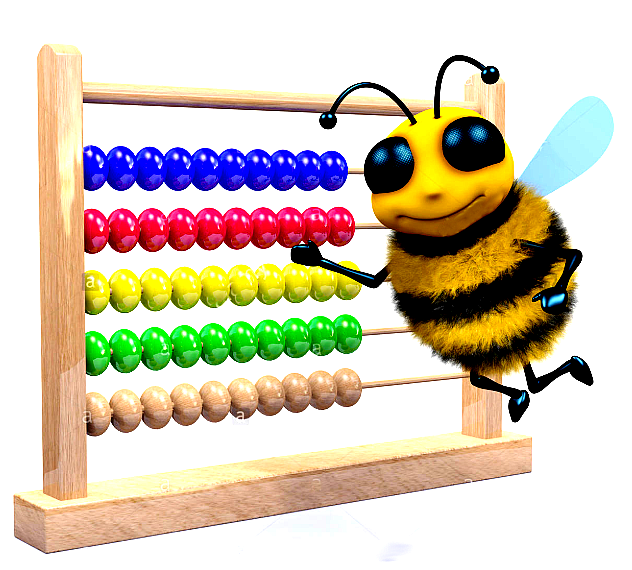Punishment improves bee maths
 Negative reinforcement appears to be a better way to teach bees mathematics.
Negative reinforcement appears to be a better way to teach bees mathematics.
Honeybees are capable of distinguishing between quantities of three and four, but they come unstuck at finer differences – unable to distinguish between four and five.
This was confusing to researchers, as bees are known to be quite accomplished mathematicians.
“Recently, honeybees were shown to learn the rules of ‘less than’ and ‘greater than’ and apply these rules to evaluate numbers from zero to six,” says Scarlett Howard from RMIT and the Université de Toulouse, France.
Perhaps numeracy was not the bees’ problem, but how the question was posed, she wondered.
Typically, when animals are trained to distinguish between colours and objects, the animals are rewarded when they make the correct decision.
In the case of the honeybees that could distinguish three from four, they received a sip of super-sweet sugar water when they made the correct selection but just a taste of plain water when they got it wrong.
Now, researchers have tried an alternative strategy. This time, the bees were given a bitter-tasting sip of quinine-flavoured water when they got the answer wrong.
The bees were trained to enter a Y-shaped maze which presented them with a choice; a card featuring four shapes in one arm and a card featuring a different number of shapes (ranging from one to 10) in the other.
During the first series of training sessions, the bees were rewarded with a sugary sip when they flew correctly toward the card with four shapes, instead of a sip of poor-tasting water when they selected the wrong card.
A second set of bees were trained with a bitter-tasting sip of quinine when they chose incorrectly, and rewarded with sugar when they selected the card with four shapes.
Once the bees had learned to pick out the card with four shapes, researchers tested whether they could distinguish the card with four shapes when offered a choice between it and cards with eight, seven, six or – the most challenging comparison – five shapes.
The bees that had only been rewarded during training struggled, unable to differentiate between four and eight shapes.
However, when the honeybees were trained more rigorously – receiving a quinine reprimand – their performance was considerably better, consistently picking the card with four shapes when offered a choice between it and cards with seven or eight shapes.
Even more impressively, the bees succeeded when offered the more subtle choice between four and five shapes.
The researchers found that honeybees are better mathematicians than had been credited.
Unlocking their ability was simply a matter of asking the question in the right way and the team is now keen to find out just how far counting bees can go.








 Print
Print